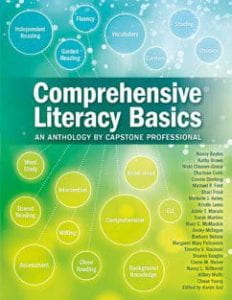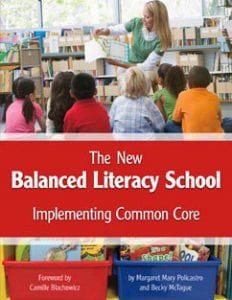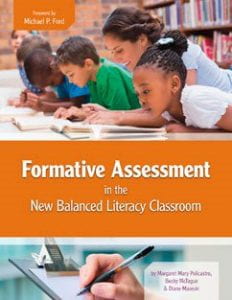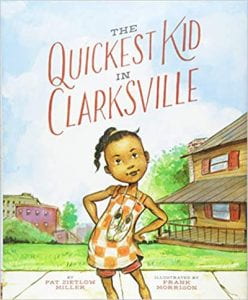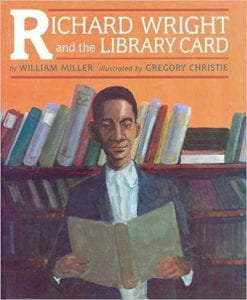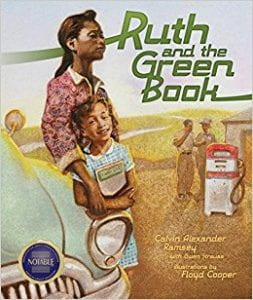By Margaret Mary Polieastro, Diane K. Mazeski, and Becky McTague
Imagine walking into a school and the first thing you see is an inviting parent library where books are displayed and celebrated. This would be a place where parents can check out children’s books or read a book and find information about family literacy.
It has been our goal to assist reading specialists and literacy coaches to develop and create such parent libraries within the schools and districts where they work. The last several years have provided an outstanding opportunity for us to work in a large urban public school district. Most recently, we have focused our attention and efforts on understanding and creating a structure or framework for access to books for parents through designing and implementing parent libraries. This critical and essential access to books requires a confluence of ideas that bridges libraries within a school and provides access to books for families and caregivers.
Thus, the notions and ideas of family literacy permeate throughout our work and efforts. Family literacy is based on the idea that parents and children learn best when learning together and, through this process, both parents and children develop essential skills. Furthermore, this approach to literacy has been identified as a potential strategy for ameliorating the challenges of low levels of literacy and poverty (National Early Literacy Panel, 2008). The purpose of this column is to introduce the idea of developing and creating parent libraries and to provide descriptions, elements, photographs, references, and a checklist. Further, we showcase several parent libraries—one recently created and another that has long been in existence as an exemplar model.
Read more: Creating Parent Libraries IRCJ Article
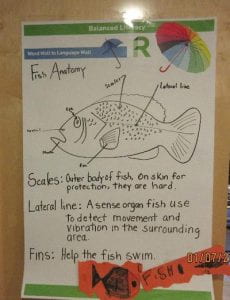 Language Walls are Word Walls expanded to a more sophisticated level to include ideas, notions, images, and much more, providing for deeper discussions. Language walls foster both social and academic discourse, allowing the teacher to document specific aspects of language. These walls allow for building vocabulary in all content areas. The focus of a language wall is on language generation by the students which create new information and understanding about the world.
Language Walls are Word Walls expanded to a more sophisticated level to include ideas, notions, images, and much more, providing for deeper discussions. Language walls foster both social and academic discourse, allowing the teacher to document specific aspects of language. These walls allow for building vocabulary in all content areas. The focus of a language wall is on language generation by the students which create new information and understanding about the world.